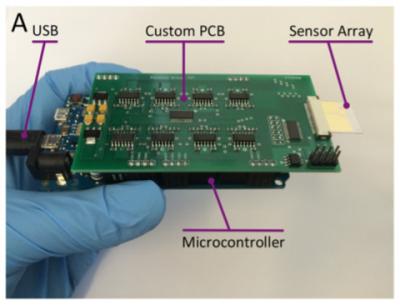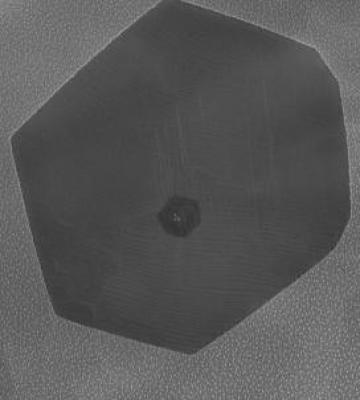Graphene-enhanced pants to help the disabled with their mobility
Researchers at the University of Bristol are developing graphene-enabled ‘smart trousers’ with artificial ‘muscles’ which could help the elderly and disabled with their mobility.
The project, funded by the Engineering and Physical Sciences Research Council (EPSRC), incorporates a number of technologies including smart electronics and graphene. Some items of clothing which make use of these, including a pair of ‘power trousers’, have already been demonstrated at the British Science Festival.






